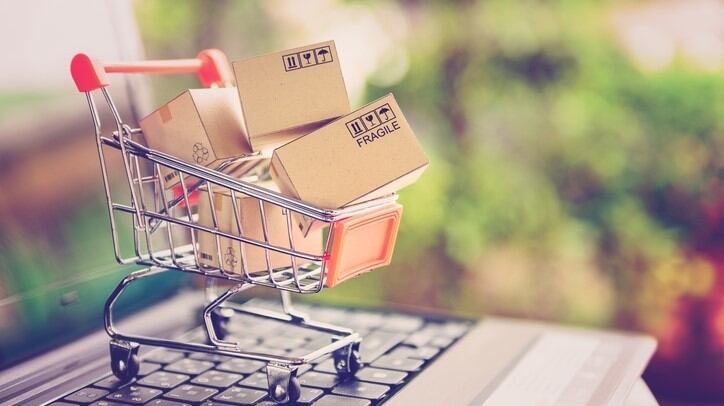The firm, which operates in Malaysia and Hong Kong in addition to its home market, allows retailers to offer their customers the option to buy now and pay later with three equal instalments over three months with 0% interest.
According to the firm, BNPL can drive key marketing metrics of increased customer traffic, conversion, basket size and loyalty for retailers.
Since it launched in 2018, the company has seen month-on-month growth and the COVID-19 pandemic helped to boost its growth even more.
“What we saw was that COVID-19 amplified merchant interest because they had to move quicker than their original plans to try and drive that engagement,” said CEO Stuart Thornton.
Thornton told CosmeticsDesign-Asia that hoolah has helped one of its merchant partners in the electronics space double its business over the past year.
“We were their number one lead source to their dotcom site and in terms of sales, the average age of the customers were about 10 to 15 years younger. So, we helped bring the next generation consumer to them, which is incredible for them because it typically costs a lot to achieve with traditional methods without discounting.”
But what about beauty?
While lipsticks and face creams may not be big ticket items like electronics are, hoolah’s beauty partners have had great results with the BNPL scheme.
Thornton explained that BNPL appeals to the consumers on an emotional level by removing the pain or guilt of spending a large amount of money at one go.
“Any shopping and purchasing are emotional. The cost or price of a product is always a key component of any decision-making in purchasing – doesn't matter whether it's $10 or $2,000,”
He continued: “Even though I can afford to buy a face cleanser that’s going for $60, well, that’s still a lot of money for a cleanser. With BNPL, you can spread that $60 into three months, or salary cycles, then it’s basically only $20 out of my budget for this month.”
In fact, Thornton said that that firm has some of its “biggest outcomes” in the beauty space recently.
“Now we are all sitting on [video calls] and making sure we look good on screen. Investing in outr appearance has become important to us. And when you’re making important decisions, you may want to buy a better product. For instance, would you buy a face cleanser from Taobao or SK-II?”
The company works with several partners in the health and beauty space, including Clarins, Paula’s Choice and Skin Inc.
“With Paula’s Choice, we’ve helped them tap into a younger generation that perhaps have a preference for debit cards because they are unsure of credit cards. The increase in basket size and increase in conversion is upwards of 25%, 30%,” said Thornton.
Most recently, the company announced regional partnership with Strawberrynet, an online beauty store to offer the BNPL service to our customers in Hong Kong, Malaysia and Singapore.
Future of payment?
According to the 2020 Worldpay from FIS Global Payments Report, BNPL is also forecasted to be the preferred online payment method in the next five years.
Thornton elaborated that this shift is fuelled by younger consumers and the growing middle class.
“There’s a new generation of consumer that distrusts traditional credit cards. You also got a growing middle class across Asia that has access to funds but have got certain banking challenges. For example, it could be a 21-year-old that’s earning good money, but the bank would not trust that person with a credit card. From our perspective, that’s a customer that should have access to this kind of solution.”
Currently, the majority of hoolah users are aged 18 to 40, said Thornton.
“We tend to focus our marketing activities at that consumer group because they are the next consumer group that are engaging brands and merchants. So ultimately, it’s a strong opportunity for us to engage them for the future.”


